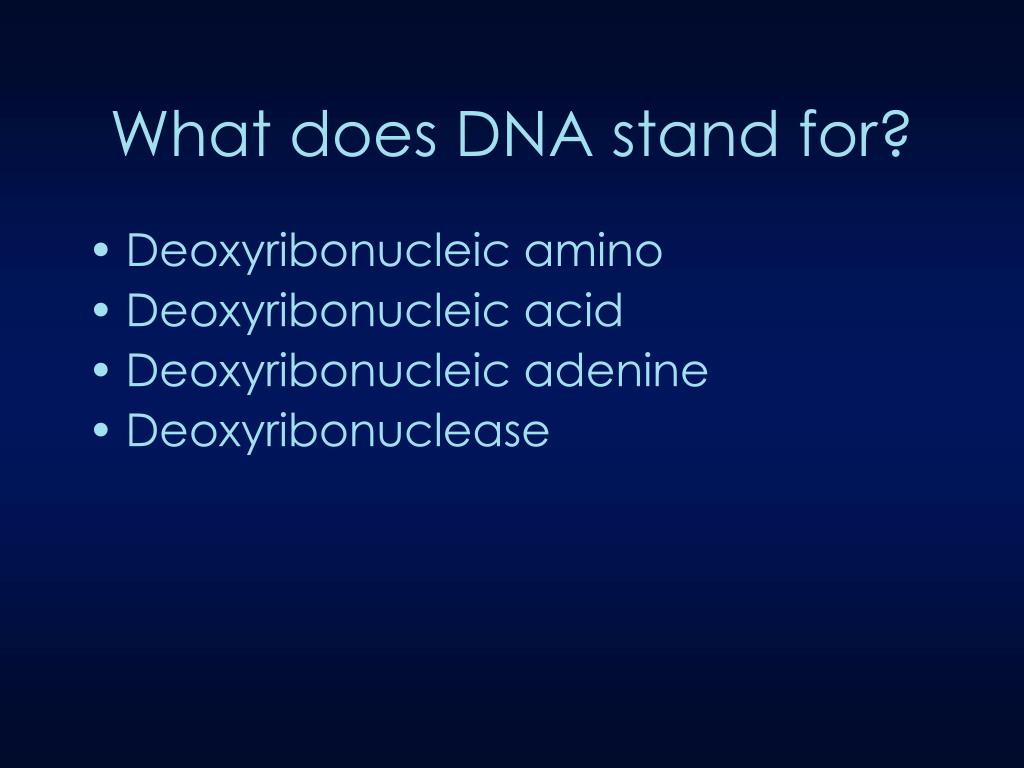

U stands for the base uracil, which replaces the base thymine in the single-stranded nucleic acid RNA. You may be wondering why the letter U shows up in the solution options at all.

And the answer to the second question, which other base does T bond to, is A. Therefore, the answer to our first question, which other base does C bond to, is G. We know that C bonds to G and T bonds with A. One helpful way to remember these rules is “Apples grow in Trees and Cars go in the Garage.” And we can use this information to answer our question. This is known as Chargaff’s base pairing rules, after Erwin Chargaff who discovered them in the mid-1900s. Specifically, A pairs with T and C pairs with G. And each of the larger A and G bases pairs with one of the smaller bases. You can see that A and G are larger than T and C. DNA has four types of bases, often called nitrogenous bases: adenine or A, thymine or T, cytosine or C, and guanine G. And this orientation is called antiparallel.īetween the sugar phosphate backbones are the complementary base pairs from the question, with each base bonded to one sugar, along the inward-facing sides of each sugar phosphate backbone. These backbones are parallel while running in opposite directions, as you can see. So these long chains are called the sugar phosphate backbones of DNA. The long sides of a DNA molecule are chains of alternating deoxyribose sugar and phosphate groups that act sort of like backbones. This universally accepted notation uses the Roman characters G, C, A, and T, to represent the four nucleotides commonly found in deoxyribonucleic acids (DNA). So let’s start by taking a look at what the strands of DNA are made of. The nucleic acid notation currently in use was first formalized by the International Union of Pure and Applied Chemistry (IUPAC) in 1970. The question starts out by mentioning the two strands of DNA. So let’s review DNA structure, the molecule that stores the genetic information of life. The key knowledge required to select the correct solution options here is DNA structure, specifically how DNA bases pair together. In DNA, which other base does T bond to? U, C, G, A, T. In DNA, which other base does C bond to? A, T, C, G, or U. The two strands of DNA are held together by complementary base pairs.


 0 kommentar(er)
0 kommentar(er)
